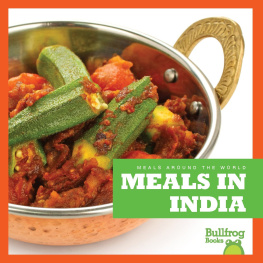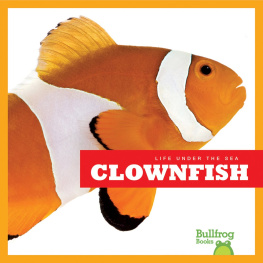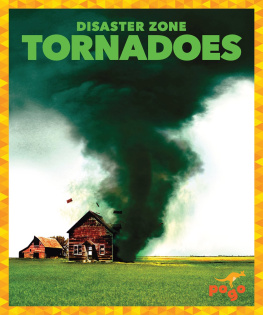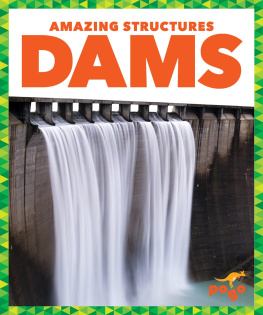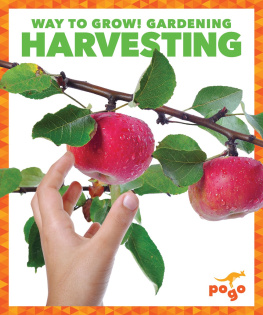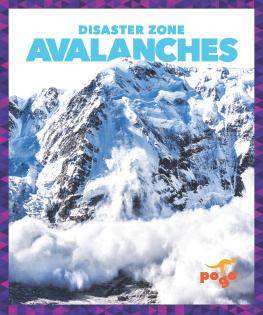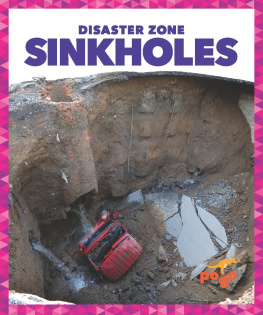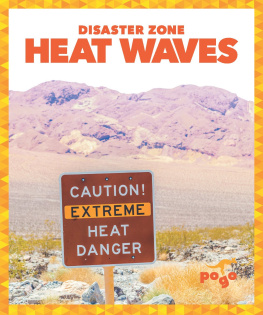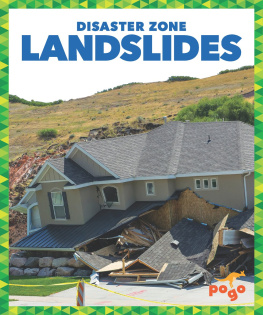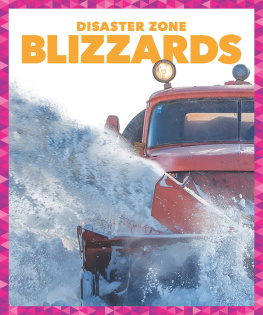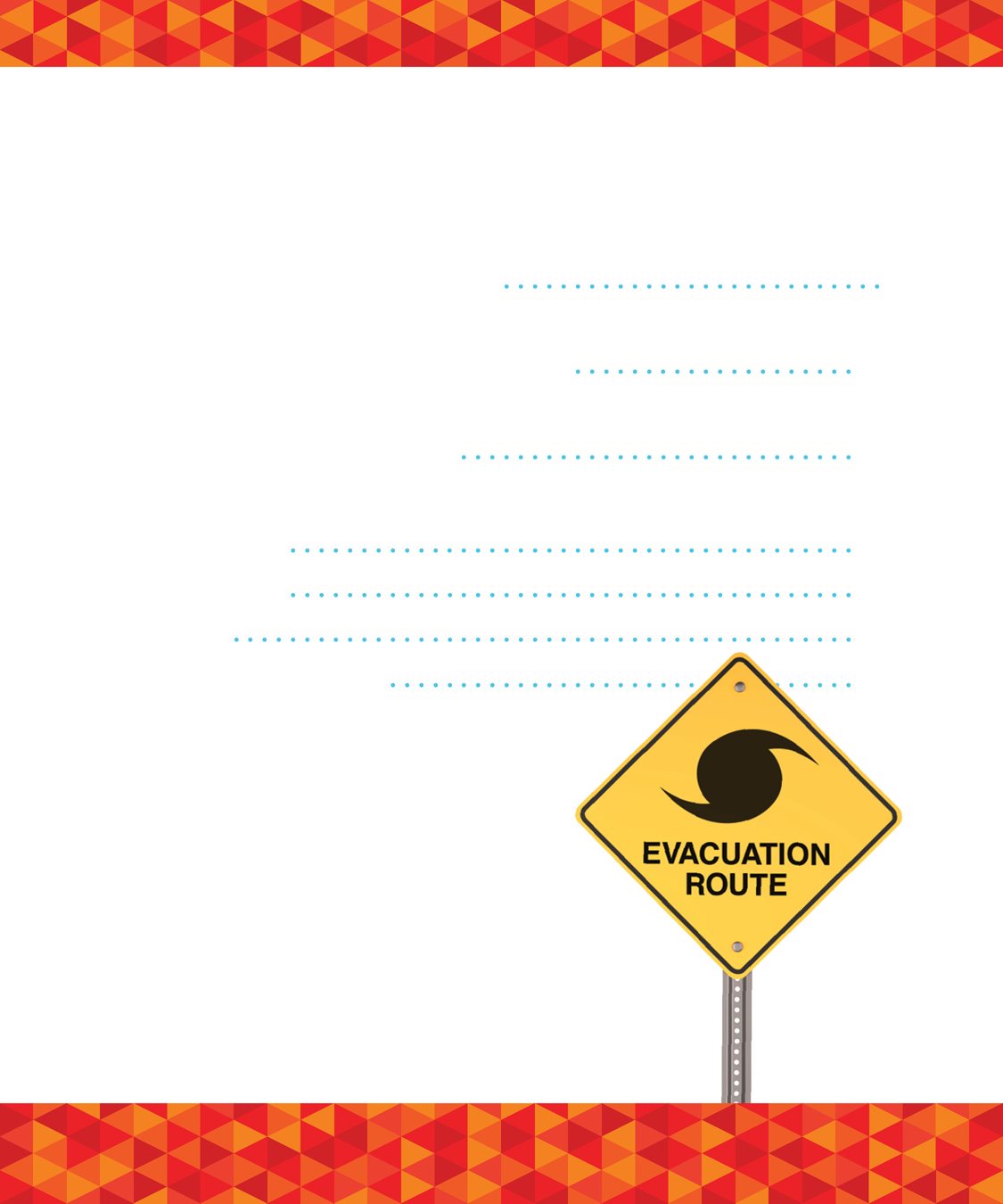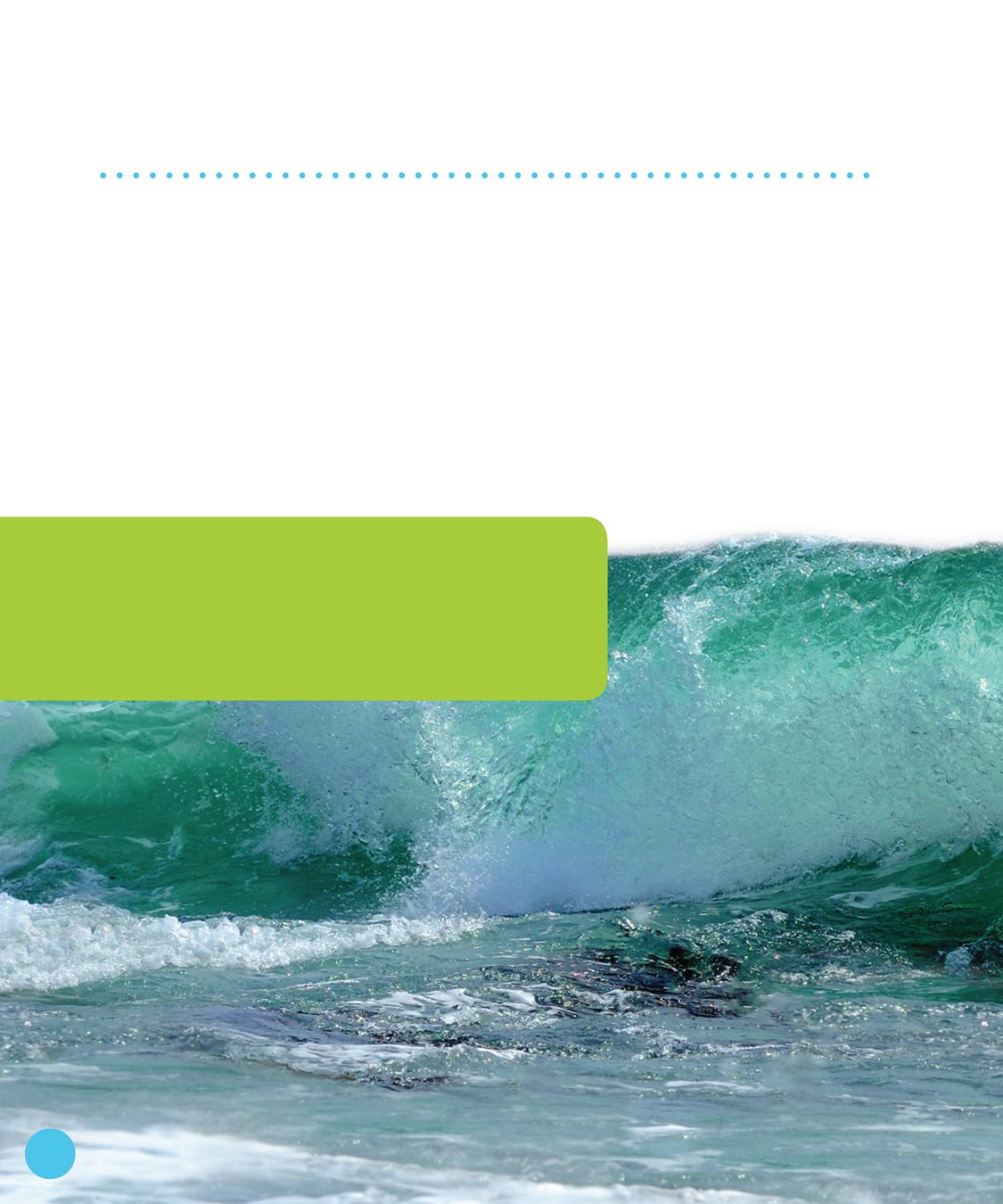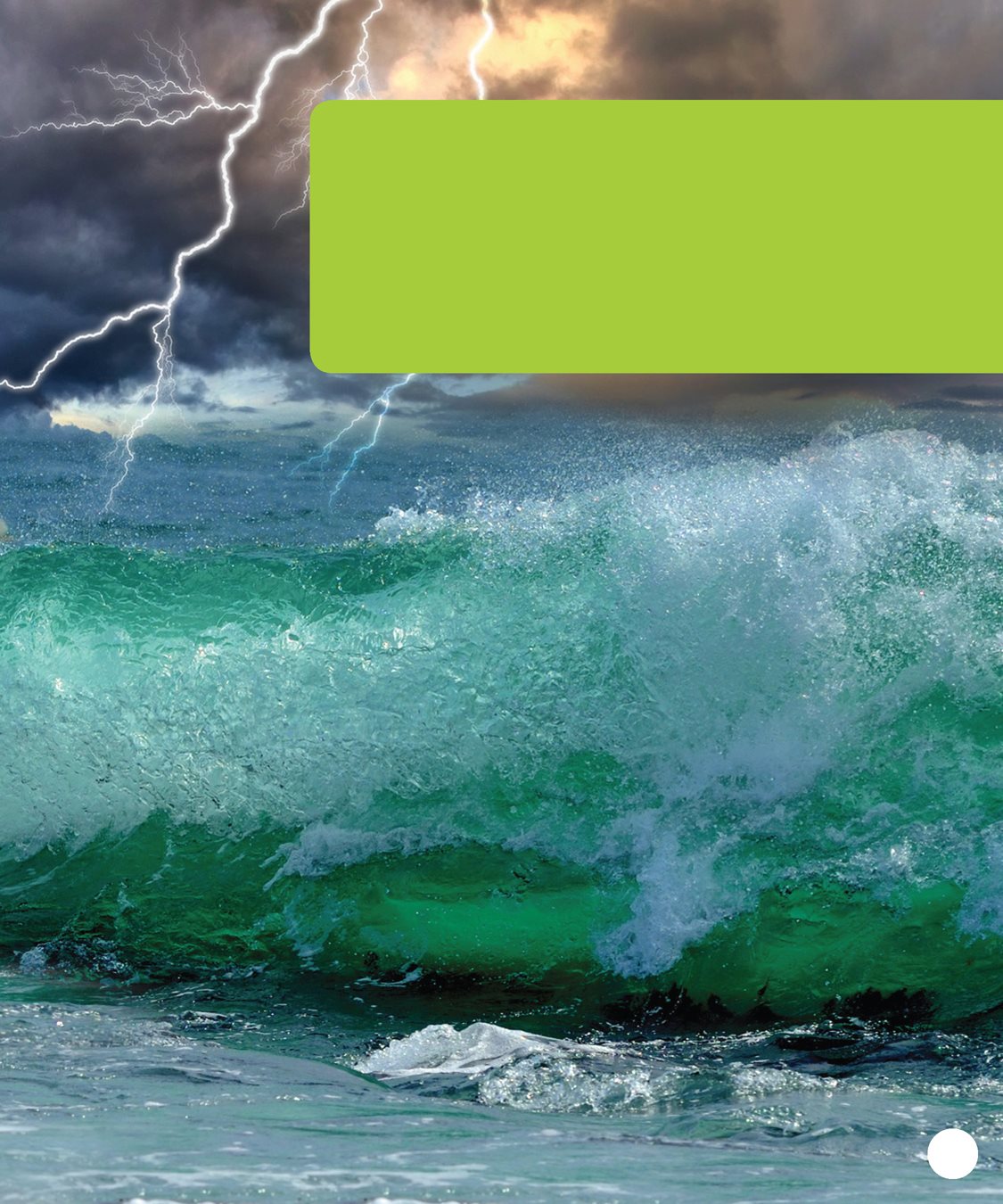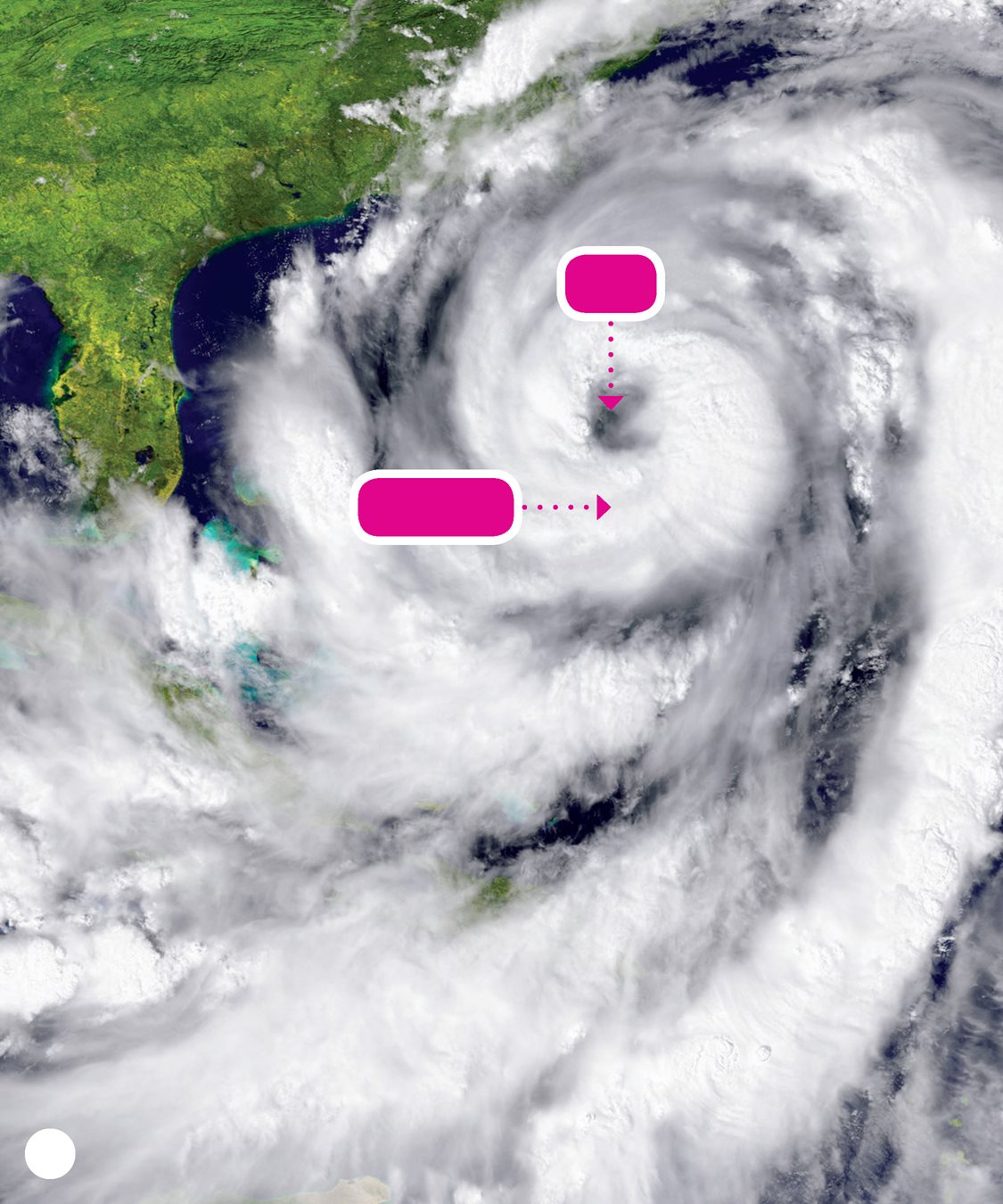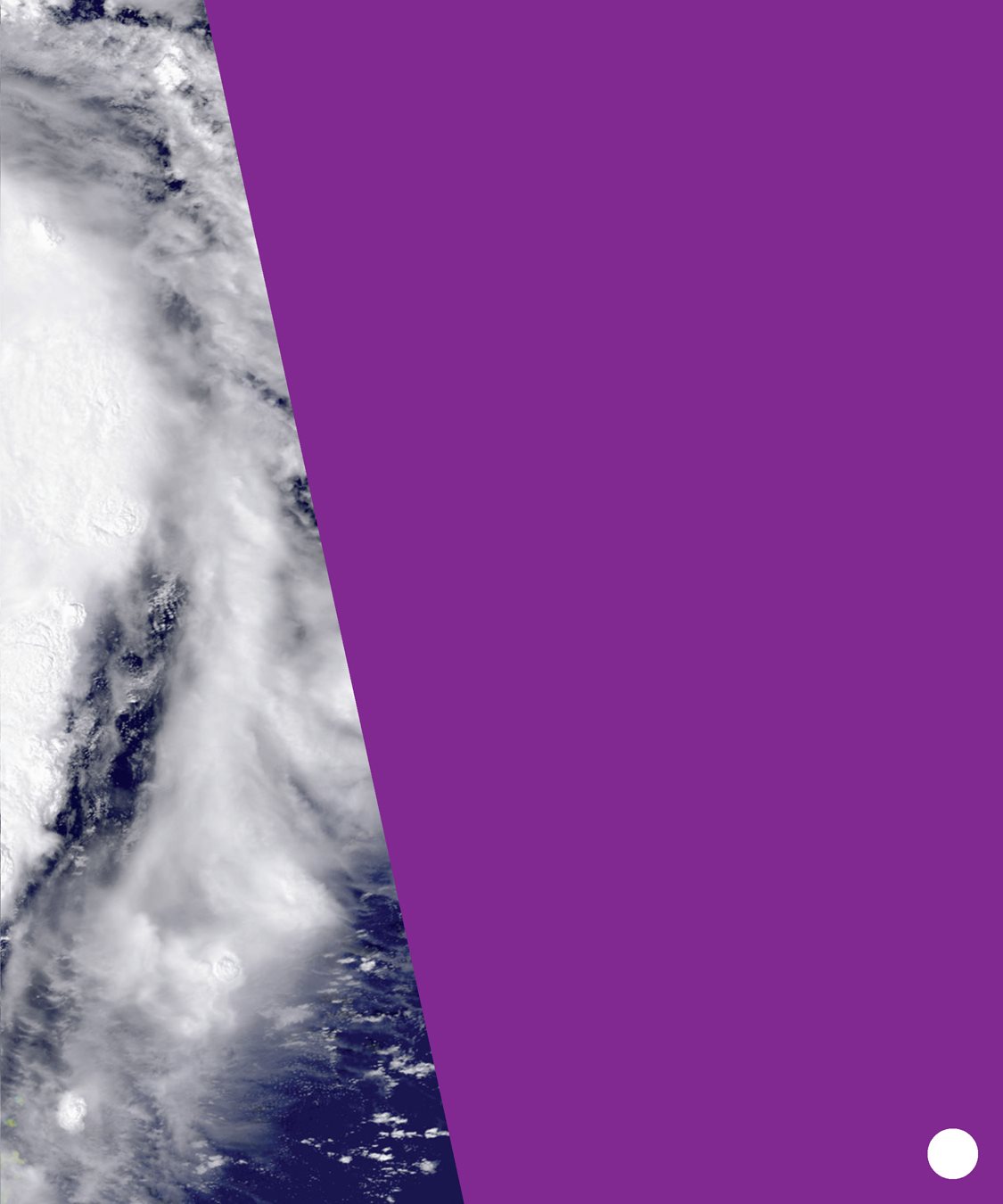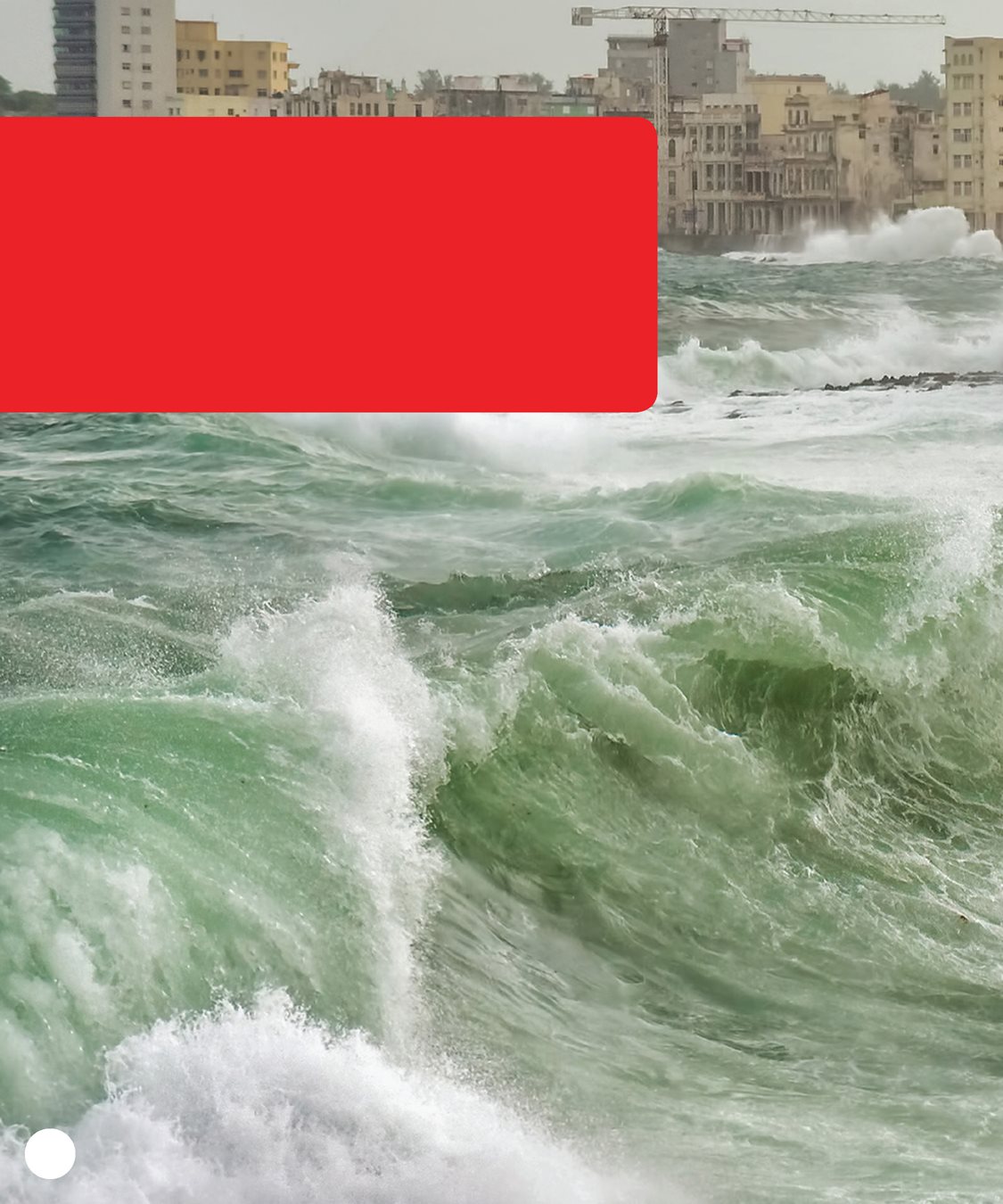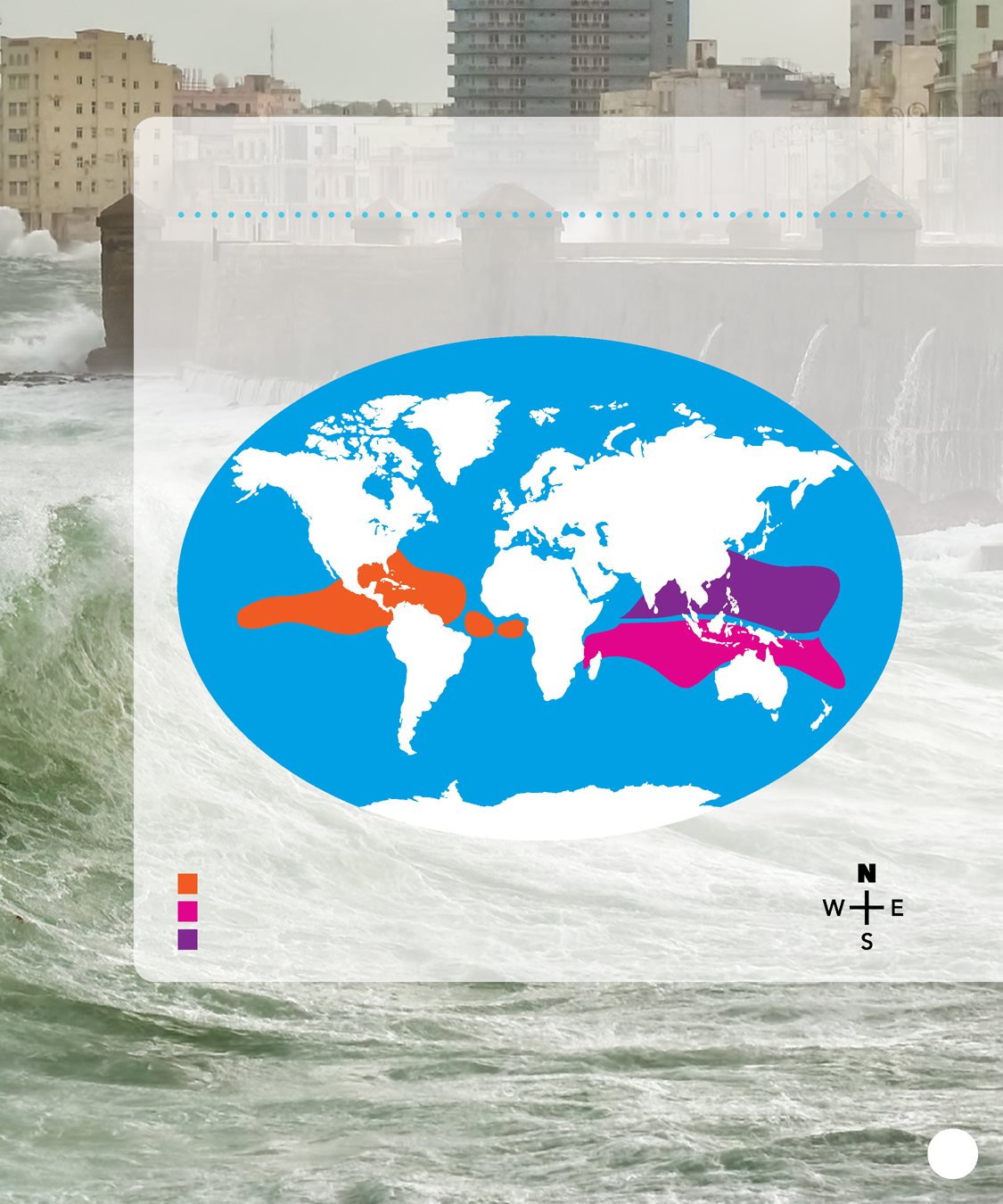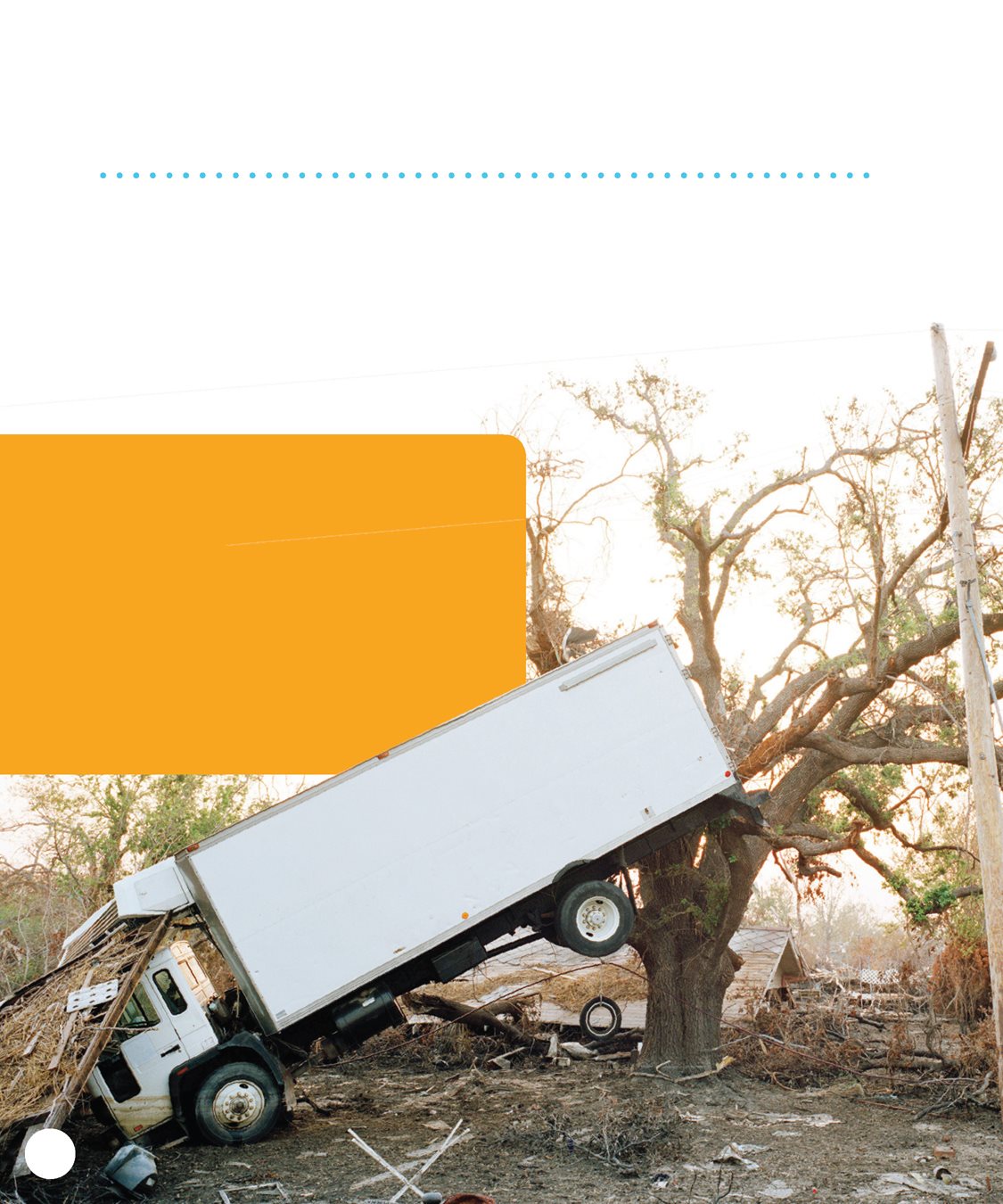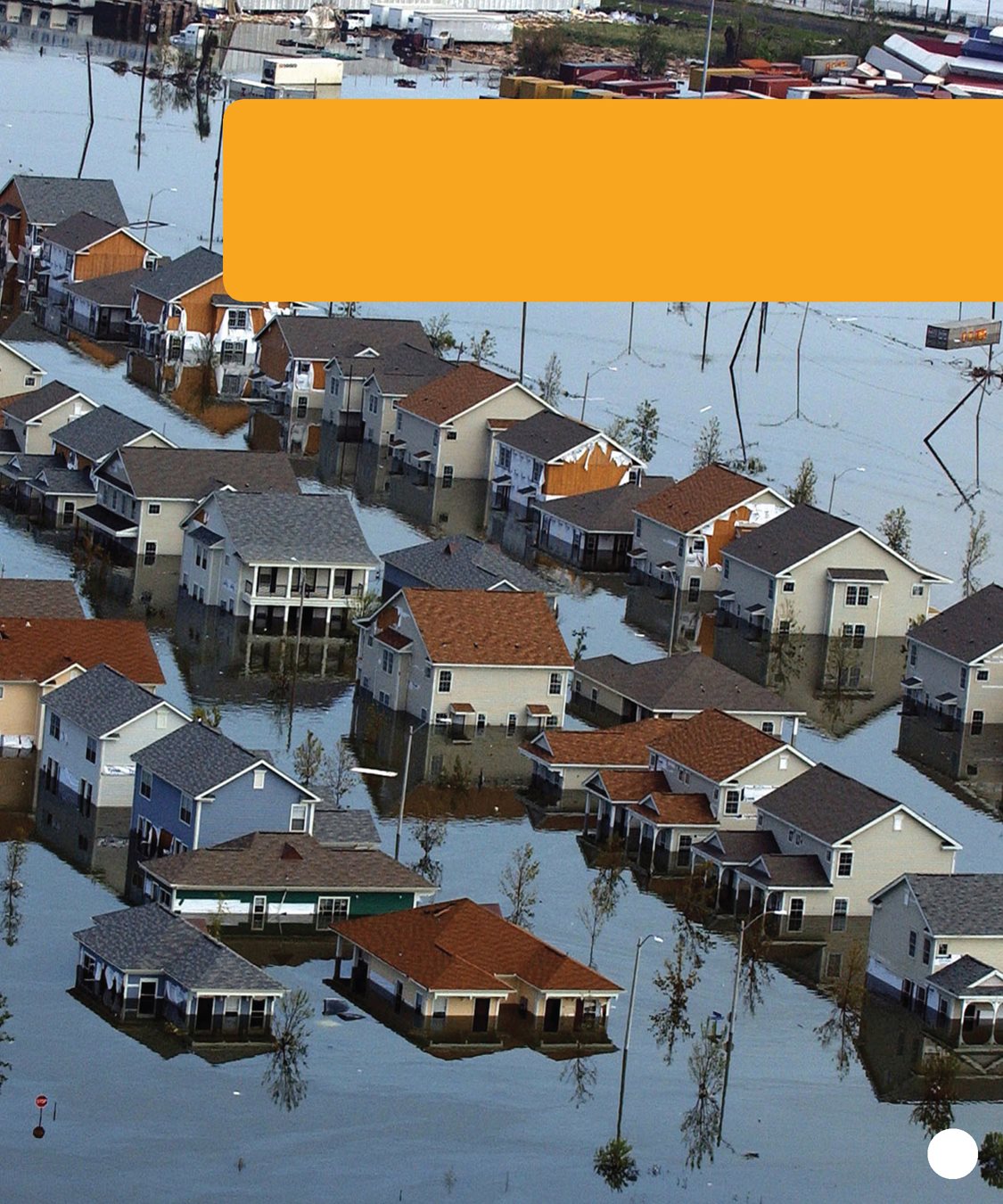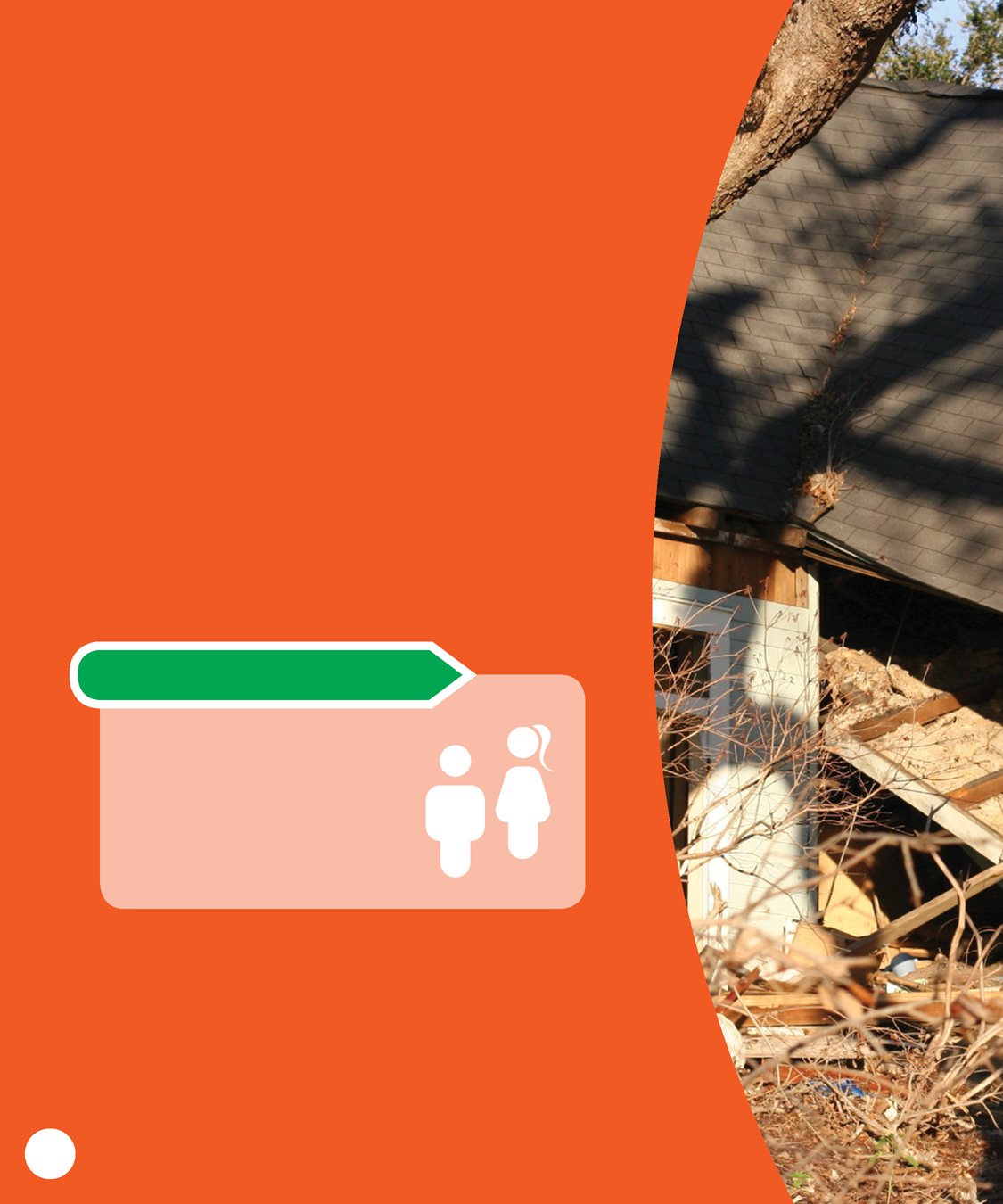Ideas for Parents
and Teachers
Pogo Books let children practice
reading informational text while
introducing them to nonfiction
features such as headings, labels,
sidebars, maps, and diagrams,
as well as a table of contents,
glossary, and index. Carefully leveled text with
a strong photo match offers
early fluent readers the support
they need to succeed.
Before Reading
Walk through the book and
point out the various nonfiction
features. Ask the student what
purpose each feature serves. Look at the glossary together.
Read and discuss the words.
Read the Book
Have the child read the book
independently.
Invite him or her to list questions
that arise from reading.
After Reading
Discuss the childs questions.
Talk about how he or she might
find answers to those questions. Prompt the child to think more.
Ask: Do you know anyone who
has experienced a hurricane?
What kind of stories did that
person tell? Pogo Books are published by Jump!
5357 Penn Avenue South
Minneapolis, MN 55419
www.jumplibrary.com Copyright 2016 Jump!
International copyright reserved in all countries.
No part of this book may be reproduced in any form
without written permission from the publisher. Library of Congress Cataloging-in-Publication Data Meister, Cari, author. Hurricanes / by Cari Meister. (Disaster zone) Summary: Carefully leveled text and engaging
full-color photos introduce early fluent readers to the
science behind hurricanes, including where and why
hurricanes happen and how to stay safe when the wind
starts to blow. (Disaster zone) Summary: Carefully leveled text and engaging
full-color photos introduce early fluent readers to the
science behind hurricanes, including where and why
hurricanes happen and how to stay safe when the wind
starts to blow.
Includes activity, glossary, and index.
Provided by publisher. Audience: Ages 710 Includes index. ISBN 978-1-62031-221-6 (hardcover: alk. paper) ISBN: 978-1-62031-266-7 (paperback) ISBN 978-1-62496-308-7 (ebook) 1. HurricanesJuvenile literature. Title. Title.
QC944.2.M452 2016 551.552dc23 2014045513 Series Editor: Jenny Fretland VanVoorst Series Designer: Anna Peterson Photo Researcher: Anna Peterson Photo Credits: All photos by Shutterstock except:
Alamy, . Printed in the United States of America at
Corporate Graphics in North Mankato, Minnesota.
TABLE OF CONTENTS
CHAPTER
WHAT IS A
HURRICANE?
Imagine youre on vacation in Florida. The meteorologist on TV is tracking
a thunderstorm over the ocean. 4 CHAPTER 1
People listen closely . Everybody
wants to know the same thing: Is a hurricane coming? CHAPTER 1
Hurricanes are powerful
spinning storms.
When they
move over land they can be
deadly. Winds and storm
surges cause major damage.
DID YOU KNOW?
A storm surge is a huge
rise in the water level
along the coast. It can
be as high as feet
( meters )! 6 CHAPTER 1
CHAPTER 1
satellite
image 8 CHAPTER 1
The next day, you turn on
the news again. The storm
is growing stronger. Storm trackers have flown
into the hurricane to gather
information.
Satellite images show
a massive donut - shaped
storm forming. A hurricane is coming!
It is time to evacuate ! CHAPTER 1
CHAPTER
HOW DO
HURRICANES
FORM?
Hurricanes form all around
the world where there
are warm ocean waters. 10 CHAPTER 2
They start as thunderstorms over
the ocean. The temperature,
air pressure , and wind have to
be just right to turn the storm
into a hurricane. CHAPTER 2
eye eyewall 12 CHAPTER 2
As a hurricane forms, it pulls
in ocean water. Winds get
stronger.
They start to spin
around a center, called the
eye . The eye is a calm place. Next to the eye is the eyewall .
This is the strongest part
of the storm. It is very
windy here. CHAPTER 2
Winds inside the storm give
it power. Winds outside the
storm push it across the ocean.
Sometimes hurricanes stay at
sea. Sometimes they hit land. 14 CHAPTER 2
WHERE ARE THEY?
In some places hurricanes are called typhoons. In other places
they are cyclones. But all three are the same kind of storm. = Hurricanes = Cyclones = Typhoons CHAPTER 2
CHAPTER
DEADLY
HURRICANES
Hurricanes that hit
land are destructive.
Winds blow off roofs. They pick up cars
and blow them down
the road. 16 CHAPTER 3
Rain pours down, sometimes for days. Waves of ocean water come ashore. Towns are destroyed. People drown.
CHAPTER 3
The deadliest hurricane on
record hit Bangladesh in 1970. Almost 500,000 people died. The storm that hit Galveston,



